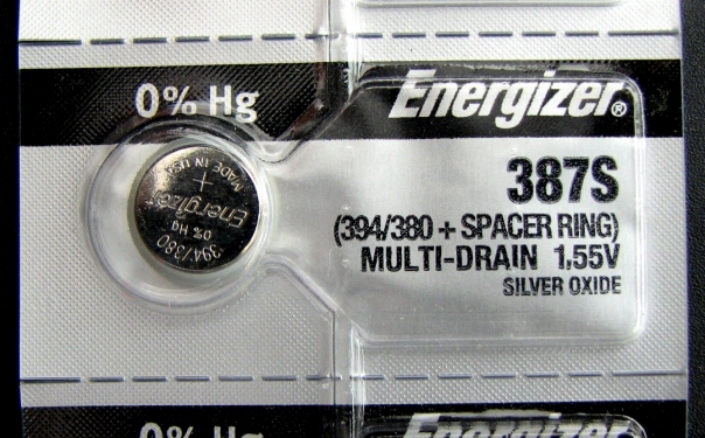
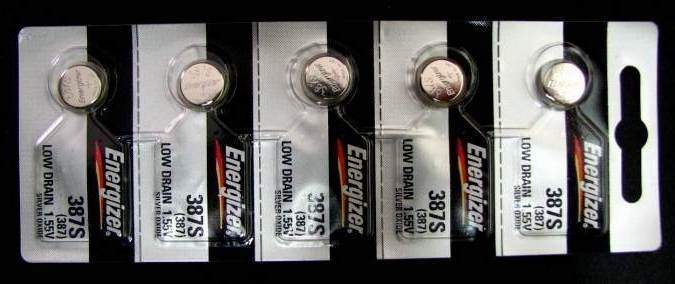
387S Batteries - 1.5v
Minimum Order: One 5-pack
A plastic spacer is included with each cell.
One strip of five (5) batteries $35.00 - Free Shipping - Batteries are not returnable.


AccuCell-1 Battery - 1.3v
Minimum Order: Two Batteries
$15.50 each - Free Shipping - Batteries are not returnable.
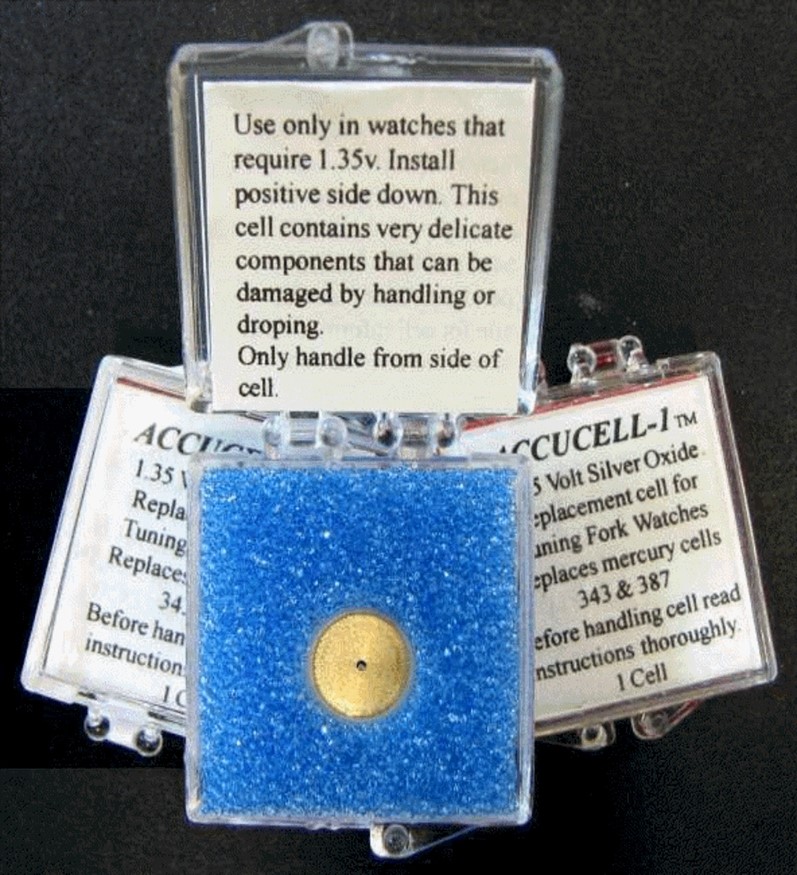 Please Note:
214's
that have been adjusted to run on 1.5 volts may not run properly with the
reduced voltage. Likewise, 214's that have been adjusted to run on 1.3 volt
Accucells may not run properly with a standard 1.55v battery..
Please Note:
214's
that have been adjusted to run on 1.5 volts may not run properly with the
reduced voltage. Likewise, 214's that have been adjusted to run on 1.3 volt
Accucells may not run properly with a standard 1.55v battery..
Accucel's are shipped fully assembled in their original plastic case.
To order
Please e-mail indicating the batteries needed and your shipping address. I will reply with a completed order form to send along with your payment. Personal check, or PayPal accepted. Sorry, no credit cards.
Personal Check: Your order will be shipped within 5 business days.
PayPal: (Add 5% PayPal Merchant Fee), Your order will be shipped within 3 business days.
Free shipping: USPS First Class Mail.
INSTALLING a #387S (394/380) BATTERY IN YOUR ACCUTRON 214
Check the voltage of the new battery to be certain that it's not defective. It should measure 1.5V.
If the battery is ok, install it by following these instructions carefully.
1) Unscrew
the battery hatch, and carefully place the battery into the watch as
follows: Angle the battery slightly downward, aim the lowered edge toward the
outside of the case and insert the battery, lower edge first so that it falls
into the recess easily.
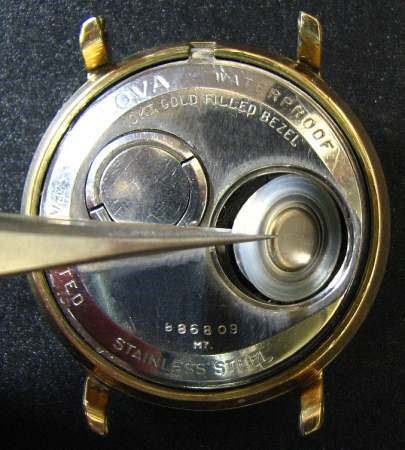
View of the battery as it should appear when
placed into your 214s battery compartment (unprinted side up). The printed
(+) side is facing down.
Left:
Flattened contact spring (1962 on)
Center:
Good contact spring
Right:
Early 3 finger contact spring (1960/1961)
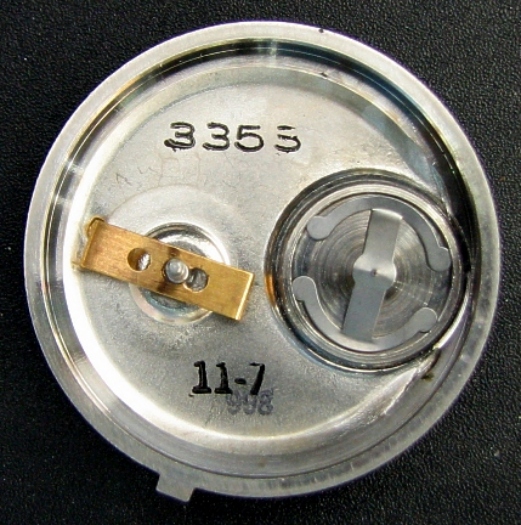
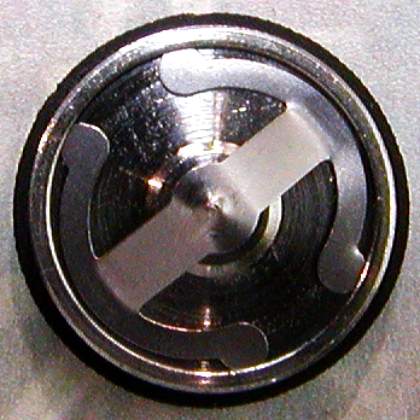
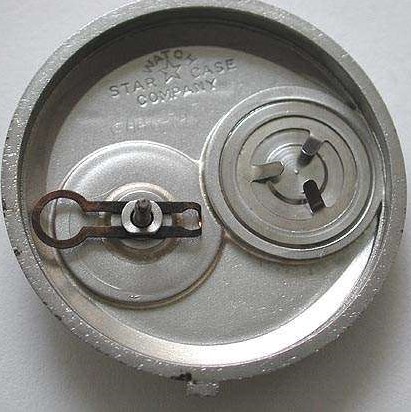
Click on thumbnails for a larger image and use your back button to return
IMPORTANT: TO PREVENT DAMAGE TO THE COIL, MAKE CERTAIN THAT THE METAL PART OF THE BATTERY IS SEATED FLAT AGAINST THE CIRCUIT BOARD. IF YOU FEEL PRESSURE BEFORE THE BATTERY CAP IS SCREWED ALL THE WAY DOWN, STOP, REMOVE THE CAP AND RE-SEAT THE BATTERY.
Continuing to screw down the battery hatch in that situation will invariably put pressure on the battery mounting screw well before the hatch is closed fully, and the coil will break at the screw.
Broken
Circuit Board

STARTING YOUR WATCH
Many 214s will start spontaneously when a new battery is installed but some will not. Over the years the permanent magnets on the tips of your tuning fork may have lost some of their strength. If this is the case you will need to jump-start the movement. A sharp smack with the palm or knuckles of your hand at the 3 or 9 oclock position should cause the tuning fork to start to vibrate. Once started the watch will perform normally until the battery dies.
Copyright 2002 by Martin Marcus. All rights reserved. These pages may not be copied without written consent.